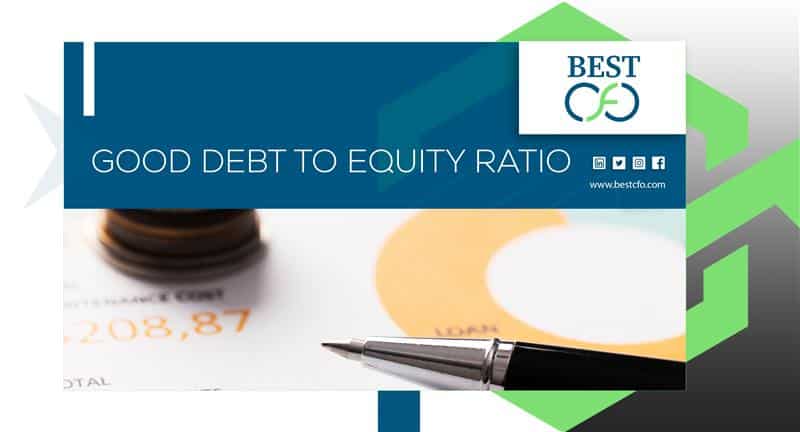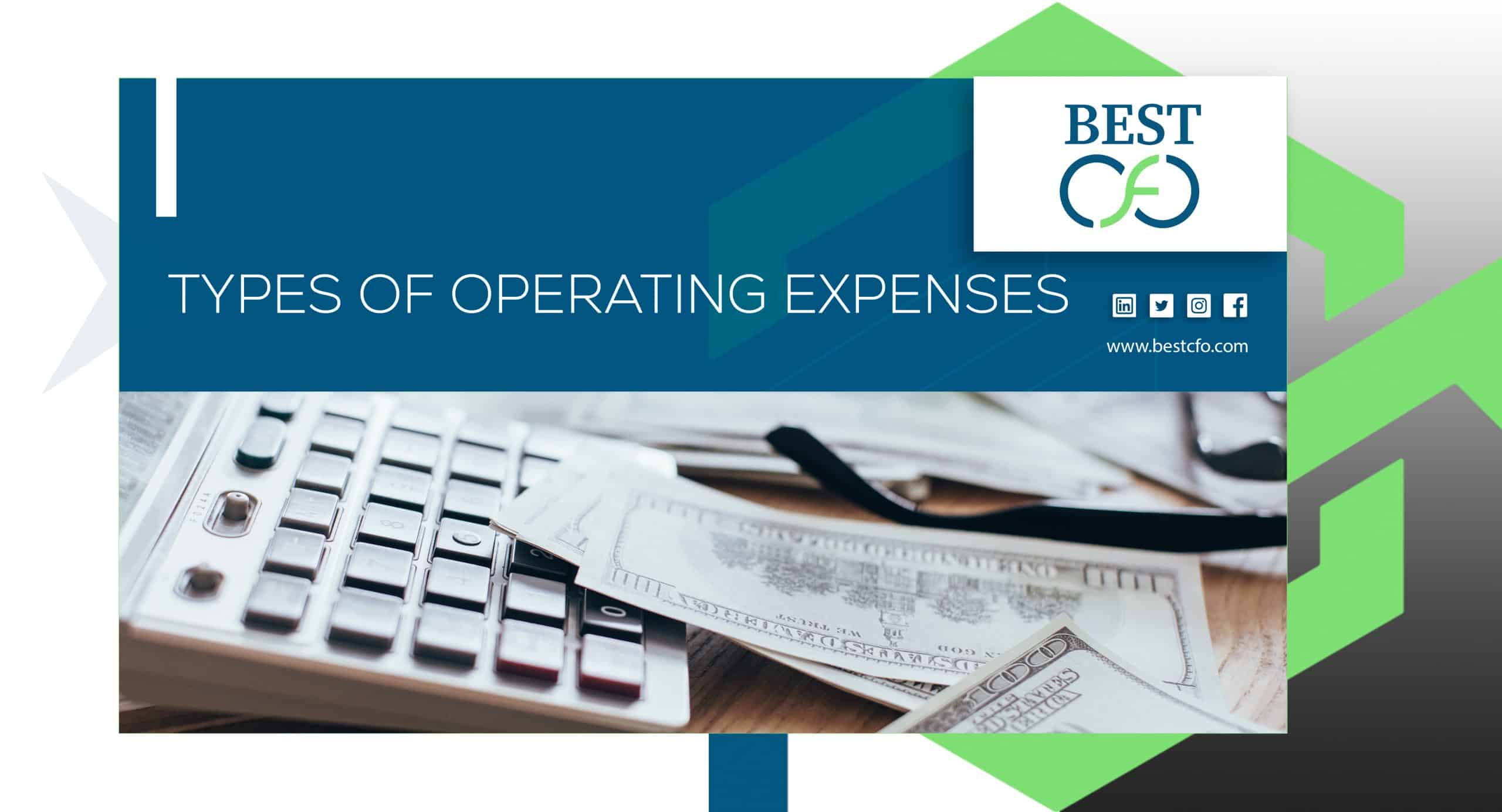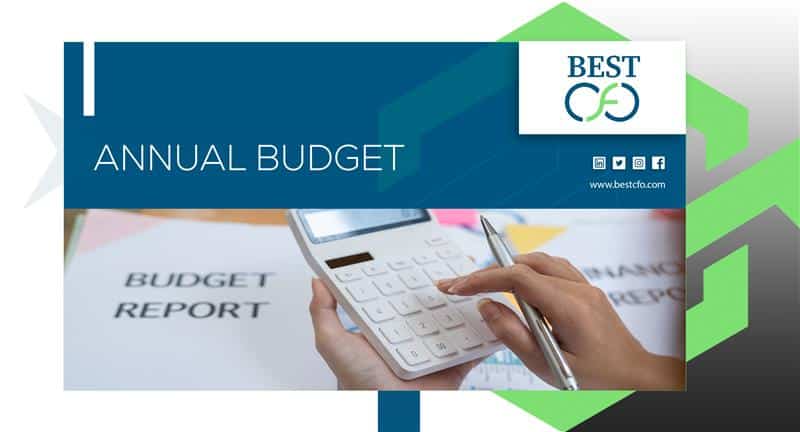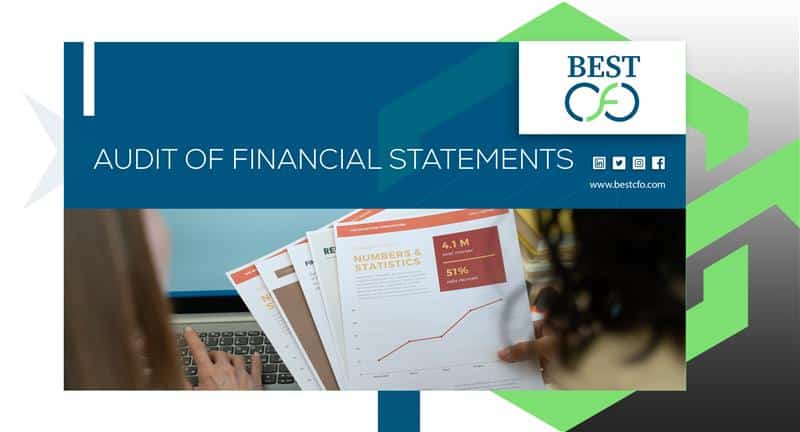
| Getting your Trinity Audio player ready... |
What Is a Good Debt To Equity Ratio: How To Calculate It?
When you’re trying to understand how healthy a company is, one of the first things to check is its good debt-to-equity ratio. It’s like a quick health test for any business. This number tells you how much the company owes compared to how much it owns. Whether you’re a business owner, investor, or just someone curious about finance, learning about this ratio can help you make smart decisions.
In this blog, we’ll walk you through what the debt-to-equity ratio means, why it matters, how to calculate it, and what a good number looks like. We’ll also give you some real-life examples and tips on how businesses can improve it. Let’s get started.
Understanding Good Debt-to-Equity Ratio
The debt-to-equity ratio (D/E ratio) is a way to compare what a company owes (its liabilities) to what it owns (its equity). It’s a basic part of financial analysis that shows how much a business is using borrowed money to fund its activities.
The Formula:
D/E Ratio = Total Liabilities / Shareholders’ Equity
What’s Included:
- Total Liabilities: This includes all short-term and long-term debts. Think of things like loans, bonds, or any money the business needs to pay back.
- Shareholders’ Equity: This is the value left after subtracting liabilities from assets. It includes things like common stock and retained earnings.
This ratio helps us understand the financial risk a company carries. A higher number means more leverage, or more borrowing. A lower number means the company depends more on its own money.
Why Does the Good Debt-to-Equity Ratio Matter?
Here is why a good debt to equity ration matter:
For Businesses
A good D/E ratio shows that a company has balanced its funding sources. Here’s why it matters:
- Shows how stable and secure the business is.
- Affects how much money lenders are willing to loan and at what interest rate.
- Boosts investor trust and can improve credit ratings.
For Investors
If you’re putting money into a company, the D/E ratio helps you see:
- If the company has taken on too much debt.
- How it compares to others in the same industry.
- Whether it has a strong future or is at risk of default or bankruptcy.
How to Calculate the Debt-to-Equity Ratio
Let’s break this down step by step.
Step-by-Step:
- Get the Balance Sheet: You’ll find this in the company’s financial statements.
- Find Total Liabilities: Add up all short-term and long-term debts.
- Determine Shareholders’ Equity: Look for common stock, retained earnings, and other equity items.
- Use the Formula: Divide liabilities by equity.
Example:
- Total Liabilities: $500,000
- Shareholders’ Equity: $250,000
- D/E Ratio = 500,000 / 250,000 = 2.0
This means the company has twice as much debt as equity. That’s considered high risk in many industries.
Interpretation:
- D/E < 1: More equity than debt — lower risk.
- D/E = 1: Equal debt and equity — balanced.
- D/E > 1: More debt than equity — higher risk.
Try a Calculator:
Want to save time? Use a debt-to-equity ratio calculator online. Just enter the numbers, and it will do the math.
Real-World Example:
Let’s compare two famous companies:
- Apple has a low D/E ratio because it earns a lot and doesn’t rely much on debt.
- Tesla, on the other hand, has had a higher D/E ratio as it invests in growth.
Both are successful, but their capital strategies are different.

What Is a Good Debt To Equity Ratio?
What’s considered “good” depends on the type of business. In general:
- High-debt industries like utilities or telecom may have ratios from 1.5 to 2.0 or more.
- Low-debt industries like tech or services usually aim for less than 0.5.
So, a “good” ratio isn’t the same for every company. You need to look at the industry average and the company’s unique situation.
Factors That Influence a Good D/E Ratio:
- The company’s business model and how steady its income is.
- The state of the economy and current interest rates.
- Whether it’s a startup or a well-established corporation.
Risks of Too High or Too Low:
- Too High: The company may face credit risk, struggle to repay loans, or even face bankruptcy.
- Too Low: It might not be using enough funding to grow or take new opportunities.
Limitations of the Debt-to-Equity Ratio
While the D/E ratio is useful, it’s not perfect.
- Doesn’t show the difference between short-term and long-term debt.
- Different accounting rules (like GAAP vs. IFRS) can change how it’s calculated.
- Should be used with other tools like interest coverage ratio, return on equity (ROE), and more.
How to Improve Your Debt-to-Equity Ratio
For Businesses:
- Raise money through equity: sell shares or keep more profits.
- Pay off loans faster or refinance for better terms.
- Run your business better to save money and grow retained earnings.
For Investors:
- Look for companies with a good track record of managing their D/E ratio.
- Study trends over time, not just one year.
Improving this ratio can lead to better financial stability, increased market trust, and stronger valuation.
Conclusion
To wrap things up, the Good Debt To Equity Ratio is a powerful number in the world of finance. It helps show how much a company depends on debt versus how much it builds from its own equity. A good ratio depends on the industry, the company’s size, and its growth goals. Whether you’re managing a company, investing, or just learning more about business economics, knowing this ratio will help you make smarter choices.
If you’re looking to improve your company’s financial health or need expert guidance, consider reaching out to Best CFO — a trusted partner in financial management.
FAQs
1: What is considered a good debt-to-equity ratio?
It depends on your industry. Most experts say a ratio between 1 and 1.5 is safe, but some businesses can go higher or lower.
2: Can a company have zero debt?
Yes, some companies operate without debt. But it may also mean they’re missing growth chances.
3: How often should I check the D/E ratio?
Quarterly is a good rule of thumb. Use financial statements to track it over time.
4: What does a high D/E ratio mean?
It often means high financial risk. The company owes more than it owns.
5: How do interest rates affect D/E ratio?
Higher interest rates make loans more expensive, which can raise a company’s risk if it relies heavily on borrowing.
6: Is the D/E ratio used in personal finance?
Yes! People can use a similar idea to track their net worth and loan levels.
7: Can a low D/E ratio be bad?
Sometimes. It may show the company isn’t using leverage well or is too cautious.
8: What other ratios should I look at?
Check interest coverage, profit margin, ROE, and more to get a full picture.
9: Do investors prefer low or high D/E ratios?
Most prefer lower ratios, but it depends on the company strategy and industry.
10: Where can I find the D/E ratio for a company?
Look in the company’s balance sheet, usually under the financial accounting section.
Related Posts
Master Your Budget: The Types Of Operating Expenses to Watch
How to Improve Your Bad Debt to Equity Ratio: A Complete Guide If you’ve ever…
What Are The Most Common Reasons Firms Fail Financially?
How To Prepare Annual Budget For A Company: An Ultimate Guide When it comes to…
How To Prepare Annual Budget For A Company: An Ultimate Guide
How To Prepare Annual Budget For A Company: An Ultimate Guide When it comes to…
Audit of Financial Statements: Guide for Business Owners
Audit of Financial Statements: Guide for Business Owners Running a business means keeping track of…
 Demos
Demos  Colors
Colors  Docs
Docs  Support
Support 














